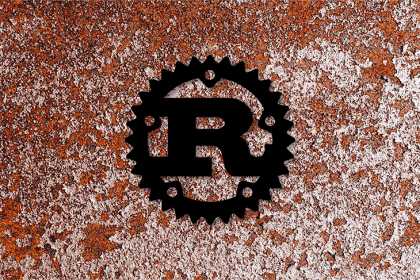
Whenever you write any kind of code, it’s critical to put it to the test. In this guide, we’ll walk you through how to test Rust code.

The Rust build pattern is deceptively simple: create an object that can hold all values and let it create our type when all the required fields are present.

These Rust tools will give you a modicum of security for minimal effort and improve the community’s supply chain security.

In this guide, we’ll demonstrate how to make Rust library APIs more lenient without losing any functionality.

Transposing other language paradigms to Rust often reveals unforeseen issues. Learn about the limitations of Rust and how to work around them.

Master writing unsafe Rust and using the tools that support it.

Data compression is an important component in many applications. Fortunately, the Rust community has a number of crates to deal with this.

Serialization has always been a strong point of Rust. In this guide, we’ll compare 12 serialization crates in various states of production-readiness, considering API usability and performance.

We Rustaceans like our code to be CRaP. That is, correct, readable, and performant. Learn how investing in the readability of your code upfront can unlock myriad speed, flexibility, and productivity gains.